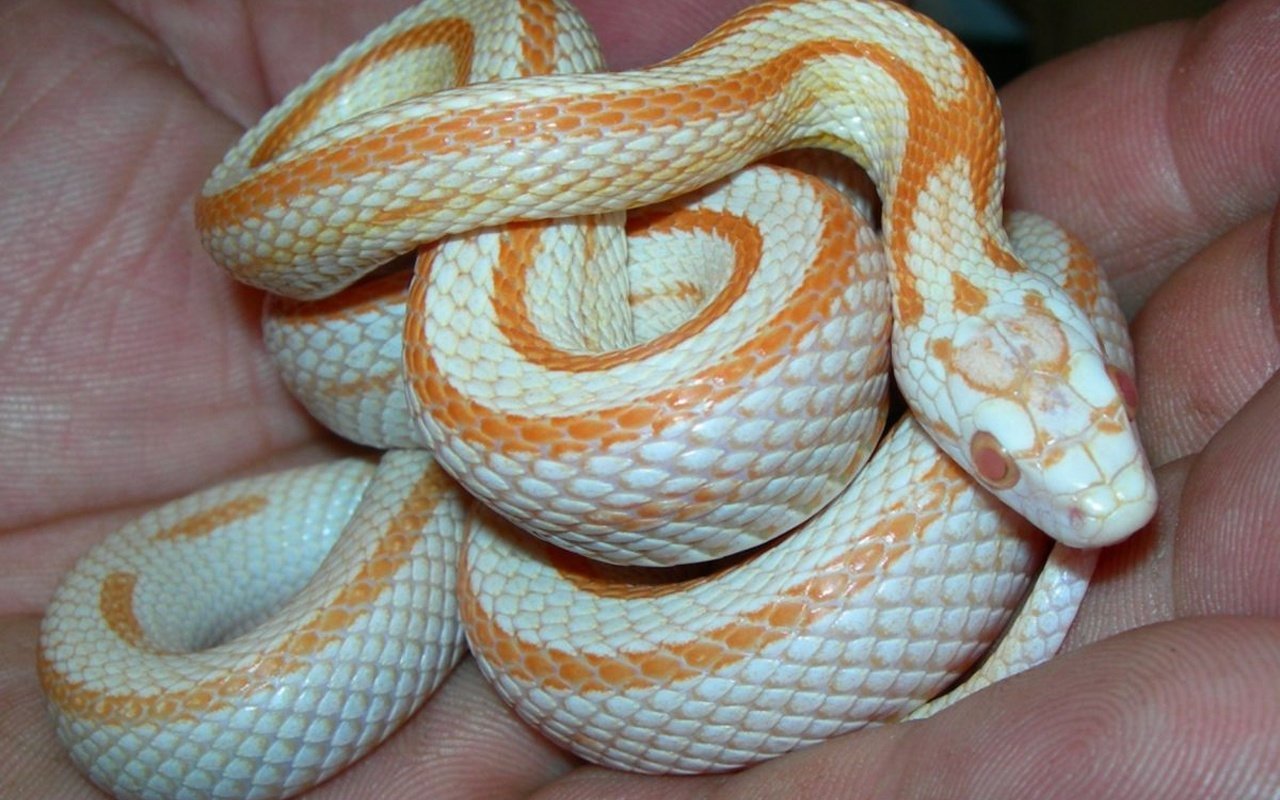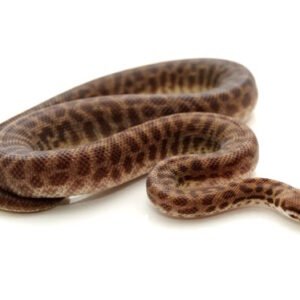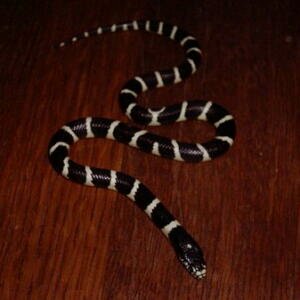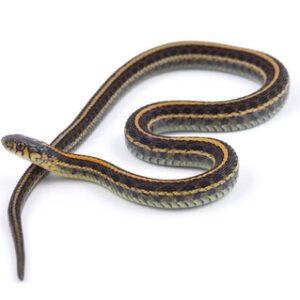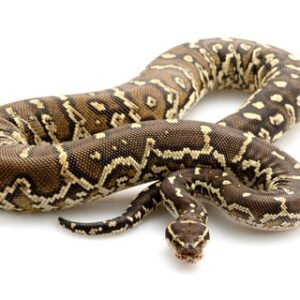Introduction to Baby Corn Snakes
Baby corn snake , scientifically known as Pantherophis guttatus, are a popular choice among pet enthusiasts due to their manageable size and temperament. These snakes, known for their striking colors and patterns, typically range from 2 to 3 feet in length when fully grown, making them a suitable option for both novice and experienced snake owners. One of the defining characteristics of baby corn snakes is their beautiful coloration, which often includes vibrant oranges, yellows, and deep browns. Their intricate patterns not only enhance their visual appeal but also serve as effective camouflage in the wild.
Originating mainly from the southeastern United States, corn snakes inhabit a variety of environments, including forests, fields, and even suburban areas. They thrive in warm, humid climates, which simulate their natural habitat. Unlike many other snake species, corn snakes are non-venomous, which further contributes to their popularity as pets. They are relatively easy to care for and exhibit docile behavior, making them a great choice for families or individuals new to snake keeping.
Moreover, baby corn snakes exhibit a wide range of morphs due to selective breeding, allowing owners to choose from various colors and patterns. This diversity adds to their allure as pets, as each snake can possess unique characteristics. They are also known for their gentle nature, often displaying curiosity and calmness when handled properly. These factors make baby corn snakes not only visually appealing but also an excellent option for those looking to add a snake to their family. Understanding the distinctive features and characteristics of baby corn snakes can provide a solid foundation for potential owners as they make informed decisions about pet ownership.
Care and Maintenance of Baby Corn Snakes
Proper care and maintenance of baby corn snakes is essential to ensure their health and well-being. Setting up the ideal habitat begins with an appropriate tank size; a 20-gallon enclosure is recommended for young corn snakes, allowing ample space for growth. The tank should be equipped with a secure locking lid, as these reptiles are known for their escape abilities. For substrate, options such as newspaper, aspen shavings, or coconut husk can be used, each providing a comfortable environment.
Temperature control is critical in maintaining a conducive habitat. Baby corn snakes thrive in a temperature gradient that ranges from 78°F to 82°F on the cool side of the tank, while providing a basking area that reaches 85°F to 90°F. Employing a reliable heat source, such as an under-tank heating pad, will help regulate these temperatures. Additionally, the humidity level should be maintained around 40-60% to ensure proper shedding; a hygrometer can be beneficial for monitoring these levels.
Creating hiding spots using commercially available hides or natural decorations is vital. These spaces allow baby corn snakes to feel secure and reduce stress. As for feeding, baby corn snakes typically require small frozen-thawed mice every 5 to 7 days. A well-rounded diet is crucial for their growth; be sure to track feeding schedules and adjust for their specific growth stages. Hydration is equally important; provide a shallow water dish, ensuring it is clean and refreshed regularly.
Health considerations should not be overlooked. Common issues include respiratory infections and shedding problems, which can be mitigated by maintaining proper humidity and temperature levels. Lastly, handling baby corn snakes gently and consistently will help them acclimate to human interaction, fostering trust and decreasing stress levels. By adhering to these practices, owners can ensure a healthy and thriving environment for their baby corn snakes.

